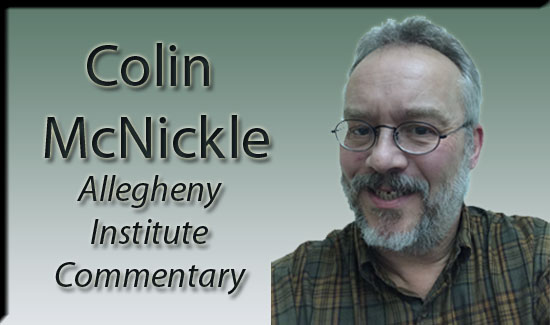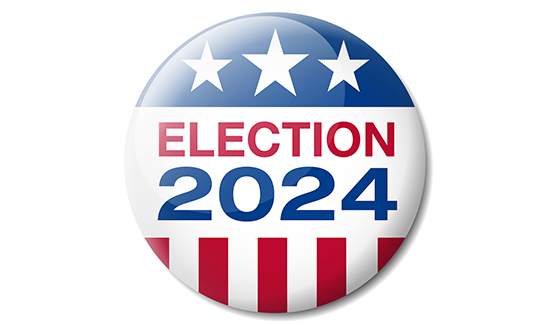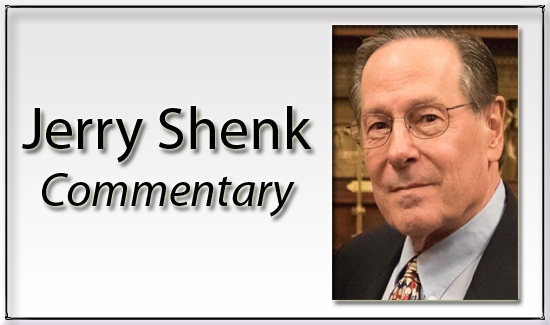Union Members Minority of PA Workforce
At only 15 percent of all employees, union members make up a small fraction of Pennsylvania’s workforce. Yet somehow they exercise enormous and far out of proportion influence on elected officials and public policy. For example, they are successful in stifling efforts to repeal the prevailing wage law that adds hundreds of millions of dollars to government funded construction work in the state each year. They have a complete stranglehold on the public sector, including education and large transit systems, so that meaningful reforms and cost cutting are repelled or met with fierce resistance. In the process they have succeeded in making Pennsylvania less attractive as a place to do business and inhibited efficient service delivery by government agencies.
Data on union membership are collected by the U.S. Census Bureau’s Current Population Survey and compiled by the Outgoing Rotation Group Earnings File. Barry Hirsch and David Macpherson of unionstats.com[1] have sorted through this data and made it available on the web. Data are available for state and metropolitan statistical area levels.
Over the period from 1990 to 2010, Pennsylvania’s union membership—as a percentage of total employees—fell from 20.4 percent in to 14.7 percent. Thus, over the two decades, the union membership percentage fell by more than a fourth. The decline in the fraction of union membership resulted from a slight 87,000 gain in total employees (5.014 million to 5.101 million) and a 253,000 slide in union members (1.023 million to 0.770 million). By way of comparison, in 2010 union membership nationally stood at 11.9 percent, about 20 percent below the Pennsylvania rate.
The fraction of private sector workers in unions plunged by almost forty percent over the last twenty years. Starting out at 15.6 percent in 1990 the share of union membership fell steadily for more than fifteen years to 8.5 percent in 2005 before rising slightly to finish at 9.3 percent in 2010. From 1990 to 2010 private sector employment rose slowly from 4.334 million to 4.526 million. During this period, union membership fell 37.5 percent sliding from 676,500 to 422,700 members. In 2010, private sector union membership nationally was only 6.9 percent of employees, 26 percent below the state level.
In stark contrast to the private sector, the rate of unionism in the public sector has remained relatively steady over the last two decades, bouncing around a figure of 50 percent. In 1990, the rate was 50.9 and by 2000 increased to 54.7 percent before falling back to 49.9 in 2010. This public sector steadiness in union membership has prevented Pennsylvania’s total union membership percentage from falling more dramatically than it did. Note that the national public sector union membership was 36.2 percent in 2010, 28 percent below the state level.
Nationally, there were 7.6 million public sector union members and only 7.1 million private sector members in 2010. Unlike the national situation, the number of private sector union members in Pennsylvania is still significantly higher than the public sector union member count notwithstanding the dramatic private sector decline since 1990.
Data for union membership in two major industry sectors, manufacturing and construction, have also been tabulated at the state level. The unionism rate for construction in Pennsylvania began and ended the two decade period near 25 percent. In 1990 the rate was 25.6 and by 2010 it was 26.5 percent. It had dipped to a low of 16.5 percent in 2006 before rebounding above 25 percent in 2010. For manufacturing the rate plummeted over the twenty year period. The percentage stood at 28.4 percent in 1990 but fell to 11.4 percent by 2010. The 1990 reading represented a high for the two-decade period and 2010 represents the lowest.
In 2010, the national union membership in construction was 13.1 percent while manufacturing union membership stood at 10.7 percent. It is noteworthy that the fraction of Pennsylvania’s construction employees who are in unions is nearly double the national rate while the manufacturing unionization levels are very close.
The smallest geographic level for which data are available is the metropolitan statistical area (MSA). Union membership trends in the Pittsburgh MSA follow the Pennsylvania pattern, i.e., declining private and steady public membership percentages.
In 1990, the total percentage of workers in the Pittsburgh MSA belonging to a union was 22.6 percent and by 2000 had gradually fallen to 19.1 percent. The twenty-year low of 13.6 percent occurred in 2007 before again rising slightly to 15.1 in 2010. The two decade decline was about one-third.
For private employees, the numbers tell a story similar to Pennsylvania. In 1990, the unionized percentage of employees in the private sector stood at 17.8 percent falling to 14.3 percent by 2000. By 2010 union membership stood at 10.8 percent.
Public sector unionism in the Pittsburgh MSA has been quite volatile. It reached a twenty year high of 62.4 percent in 1999 before falling to 48.3 percent in 2002. In 2006 it again increased to 56.6 before falling 48.7 percent in 2007. It once again rose to 58.7 in 2008 before falling to 50.3 in 2010. So much volatility probably reflects a data collection or reporting problem.
While the percentage of workers in the public sector is near its historic levels, the slide in the private sector has brought total unionization in the state and the Pittsburgh metro area to around 15 percent. At only 15 percent of the workforce, how is it unions wield so much political influence? A major part of the answer lies in what public choice theory recognizes as the importance of intensity of commitment to a cause or idea. That is to say, unions have an overwhelming interest in promoting their interests and protecting gains even at the expense of harming the body politic or the economy—although they will never admit it publicly or perhaps to themselves. Teacher and transit worker strikes are a perfect illustration of unions placing their interest above everyone else’s. It is worth noting that Pennsylvania leads all other states in teacher strikes by a wide margin. Indeed, only four states have significant numbers of strikes. The overwhelming majority of states do not allow strikes.
The unions’ intense commitment to their cause leads them to work very hard to elect legislators and other governing officials who will be supportive of their issues and interests. Second, in states with a long history of powerful unions and union activity, political support for union causes can remain quite strong in a substantial portion of the electorate. Thus, even though most of the residents may find teacher strikes obnoxious and disruptive, legislators are loathe to push a bill that would deny teachers the right to strike despite the negative image they give the state and the bargaining power advantage strikes give to the unions.
Then too, fear of political retribution from unions deters some legislators while true support for unions motivates others. Hence Act 111, Pennsylvania’s binding arbitration law for public safety employees, is untouchable in terms of amendments that would bring it line with neighboring states. One of the biggest problems facing municipalities is the imbalance of bargaining power afforded unions by Act 111. Yet it is never seriously threatened with needed amendments to address the problems it creates. There is never an end to the excuses offered when only one is necessary: fear of union reaction.
Third, notwithstanding the relatively small minority share of union membership in the private sector, reforms such as eliminating prevailing wage requirements for public construction projects are dead letters in the legislature. So it is that Pennsylvania and its local governments and authorities are saddled with excess labor costs of as much as 30 percent on their building projects. Nor do polls showing hefty majorities in favor of enacting a right-to-work law in the state translate into bills getting to a vote on the floor of the House or Senate. Why? Intense union opposition overpowers the lukewarm support of the citizenry—public choice theory again. Union drive and determination is simply more effective than the persuasion a small, hard core of believers in worker and employer freedom can muster. Sadly, because so few of Pennsylvania’s private sector workers are union members, the economic damage done by the absence of a right-to- work law is not immediately visible to them.
¬¬¬¬¬¬¬¬¬¬¬¬¬¬¬¬¬¬¬¬¬¬¬¬¬¬¬¬¬¬¬¬[1] Hirsch, Barry and David Macpherson. Index of Tables. Union Membership and Coverage Database from the CPS. www.unionstats.com.
________________________________________
Jake Haulk, Ph.D Frank Gamrat, Ph.D., Sr. Research Assoc.
________________________________________
For updates and commentary on daily issues please visit our blog at www.alleghenyinstitute.org/blog.html
If you have enjoyed reading this Policy Brief and would like to send it to a friend, please feel free to forward it to them.
For more information on this and other topics, please visit our web site: www.alleghenyinstitute.org
If you wish to support our efforts please consider becoming a donor to the Allegheny Institute. The Allegheny Institute is a 501(c)(3) non-profit organization and all contributions are tax deductible. Please mail your contribution to:
The Allegheny Institute
305 Mt. Lebanon Boulevard
Suite 208
Pittsburgh, PA 15234
Thank you for your support.
You are receiving this e-mail because of a subscription with the Allegheny Institute for Public Policy. If you no longer wish to receive our e-mails you may unsubscribe by responding to this e-mail and typing unsubscribe in the subject line.
________________________________________





